
What Are the “Black Triangles” Between Your Teeth

What Are the “Black Triangles” Between Your Teeth … and Should You Be Worried?
Many people invest significant time and money into achieving the perfect smile — from braces and whitening treatments to routine cleanings and dental checkups. But even with the most diligent oral care, certain age-related changes can still appear. One common concern is the appearance of small black triangles between the teeth, those dark gaps near the gumline that can make your smile look uneven or older.
Although they may look alarming at first glance, these spaces are far more common than most people realize — and they’re not always a sign that something is seriously wrong.
What Exactly Are Black Triangles?
Black triangles, clinically known as open gingival embrasures, form when the gum tissue between two teeth doesn’t completely fill the space. Instead of the gums meeting in a sharp, healthy “papilla,” a small V-shaped dark area appears.
These openings can occur for several reasons, ranging from gum recession to bone loss to natural variations in tooth shape. While often cosmetic, they can also make it easier for food particles and plaque to accumulate, which is why monitoring them is so important.
Expert Insight: Dr. Abdul Azizi
Dr. Abdul Azizi, Principal Dentist at Harley Private Dental Clinic in Sheffield, England, explains that black triangles are simply spaces that develop near the gumline. With a background in biomedical science and a Bachelor’s in Dental Surgery, Dr. Azizi leads a team specializing in both general and cosmetic dentistry.
He notes that although these gaps are not dangerous on their own, they can be an early sign of trouble.
“Black triangles between your teeth are not inherently dangerous, but they may indicate oral health concerns such as gum disease or recession,” he explains.
While poor oral hygiene can worsen the problem, Dr. Azizi stresses that it’s often not the primary cause. Genetics, tooth shape, tooth size, bone structure, and even how your teeth align can all contribute. Still, if these gaps are ignored, trapped debris can increase the risk of cavities, gum irritation, or further recession over time.
Another Expert’s Take: Dr. Anna Peterson
Dr. Anna Peterson, a popular dentist widely known for her educational TikTok content, points out that in some situations, black triangles can actually be a positive sign — especially after periodontal (gum) treatment.
When inflammation subsides following gum therapy, the gums may shrink slightly as they return to a healthier state. This natural tightening can create small spaces between the teeth. According to Dr. Peterson, this is often a normal part of the healing process, not something to panic about.
She also emphasizes the importance of prevention.
“The key is to keep your gums healthy and prevent inflammation before these gaps form,” she says.
Her biggest piece of advice: never skip interdental cleaning, whether it’s floss, a water flosser, or small interdental brushes.
Additional Causes of Black Triangles
Beyond aging and gum disease, several other factors can increase the likelihood of developing open gum spaces. According to dental sources such as Colgate, contributors include:
-
Pregnancy or hormonal changes, which can affect gum sensitivity and inflammation
-
Diabetes or other medical conditions that influence gum health
-
Tobacco use, which damages gum tissue and restricts blood flow
-
Aggressive brushing or flossing, which can wear away delicate gum tissue
-
Orthodontic treatment, where shifting teeth may temporarily expose spaces
-
Bone loss, sometimes linked to long-term gum disease or aging
Because so many factors impact the health of your gums, black triangles often reflect whole-body health — not just brushing habits.
How to Prevent Black Triangles
Dr. Peterson recommends cleaning between the teeth at least once a day using floss or an interdental brush. Regular dental checkups (ideally once or twice a year) allow dentists to spot early signs of gum recession or gum disease before larger gaps form.
Simple preventive habits include:
-
Brushing twice daily with a soft-bristled toothbrush
-
Using fluoride toothpaste to protect enamel
-
Avoiding tobacco products
-
Eating a nutrient-rich diet with vitamins C and D, which support gum and bone health
-
Staying hydrated to keep oral tissues healthy
-
Managing medical conditions like diabetes that affect gum resilience
Over time, these habits help keep the gum tissue firm, pink, and well-supported around your teeth.
Treatment Options for Black Triangles
If black triangles are already present, several treatment options can help reshape the gums or build out the tooth structure to reduce the visible gap. Dr. Azizi notes that the best approach depends on what caused the space in the first place.
Potential treatments include:
-
Orthodontic treatment to gently realign teeth and close the space naturally
-
Gum grafting, which replaces or reinforces receded gum tissue
-
Dental bonding to subtly reshape the teeth and close the gap
-
Porcelain veneers for a more dramatic cosmetic improvement
-
Hyaluronic acid injections, an emerging treatment that can plump and support the gum area, though long-term results are still being studied
Dr. Azizi emphasizes that a professional evaluation is essential, as the wrong treatment could worsen the problem.
The Bottom Line
Black triangles may be frustrating from a cosmetic point of view, but they don’t always indicate a serious dental problem. Instead, they often reflect natural changes in gum tissue or tooth alignment as we age.
With consistent oral care, a healthy lifestyle, and regular dental visits, you can reduce the risk of developing these gaps — and treat them effectively if they do appear. A bright, healthy smile is still well within reach, even if black triangles show up along the way.
News in the same category


📈 The $5 Trillion Threshold: NVIDIA Becomes the World’s Most Valuable Company, Reshaping Global Economic Influence
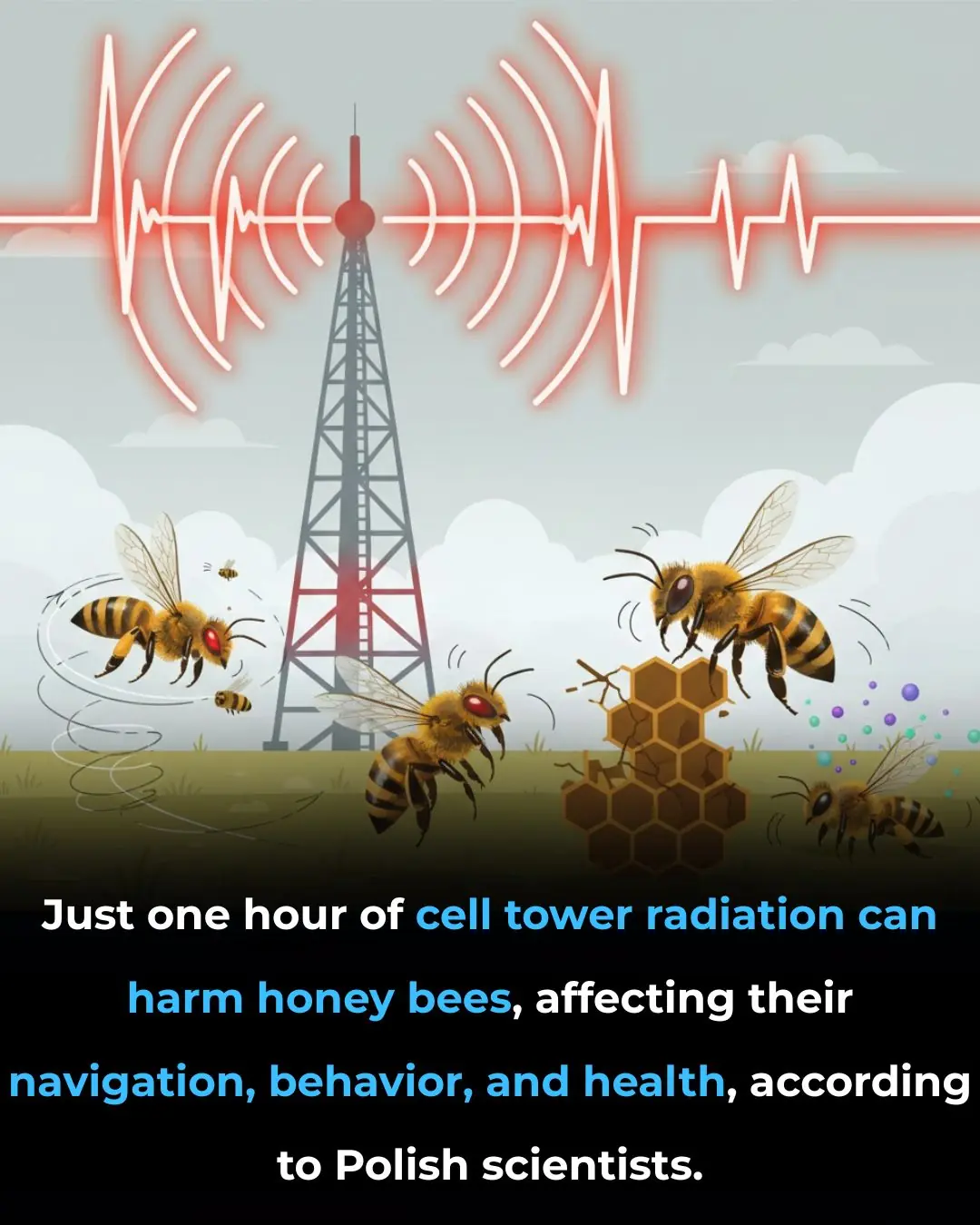
🐝 The Silent Threat: Research Links Cell Tower Radiation to Harmful Effects on Honey Bee Health

Why Some Eggs Are Speckled

Inserting a toothpick into this exact spot on the electric kettle has an amazing effect — a useful trick everyone should know

Crocodile Tears Explained: From Natural Reflex to Cultural Legend

Millions Travel Nationwide for a Nostalgic and Festive Thanksgiving Weekend

⌚ The Unassuming Icon: Casio’s Enduring Philosophy of Utility Over Luxury

✨ A Young Innovator’s Global Impact: Rachel Brouwer’s Solar Water Purifier Offers Hope to Underserved Communities

🤫 The Quiet Confidence: Why Healthy, Stable Couples Post Less on Social Media

Kamala Harris Sparks National Conversation on Lowering the Voting Age
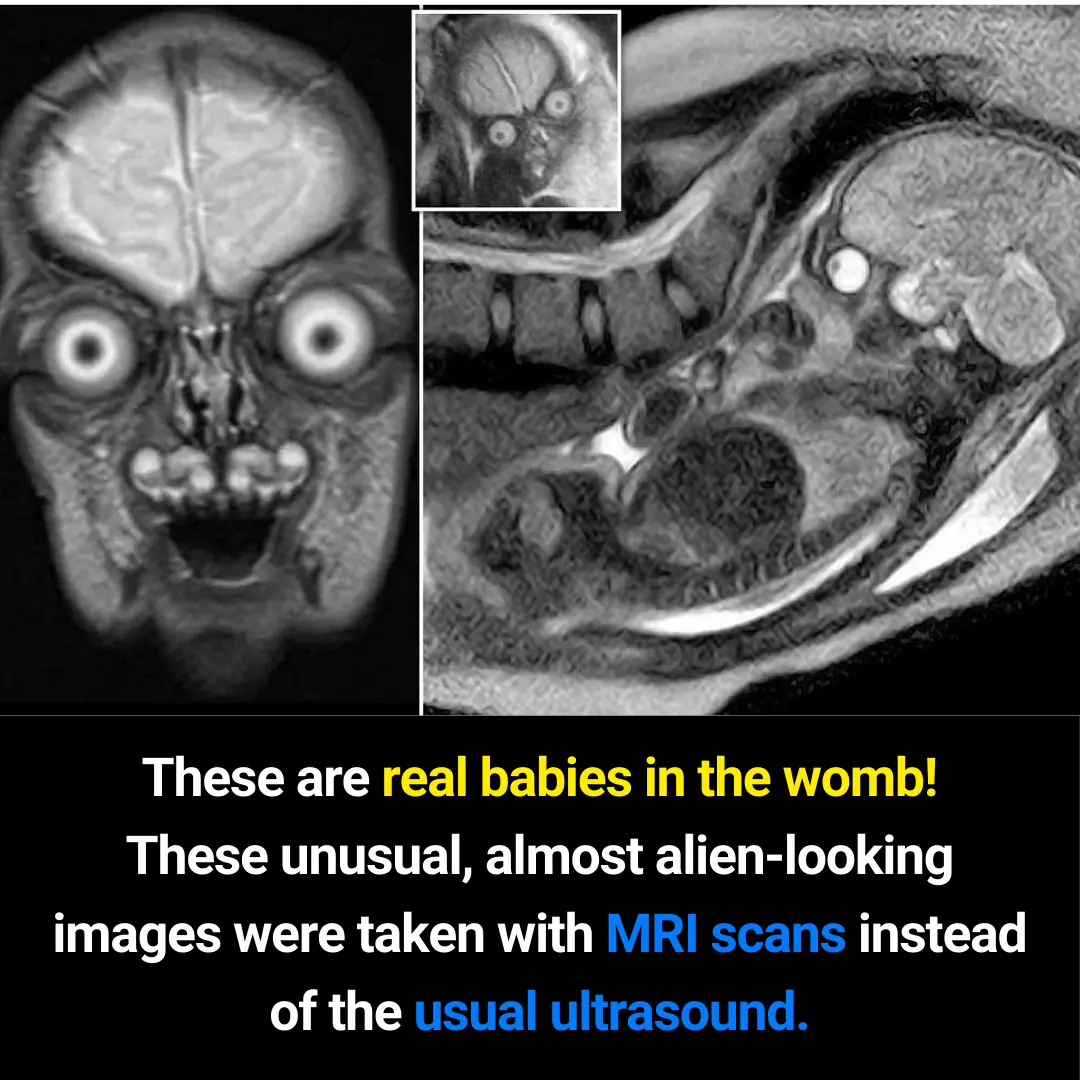
🧠✨ Stunning MRI Images Reveal the Hidden World of Babies in the Womb
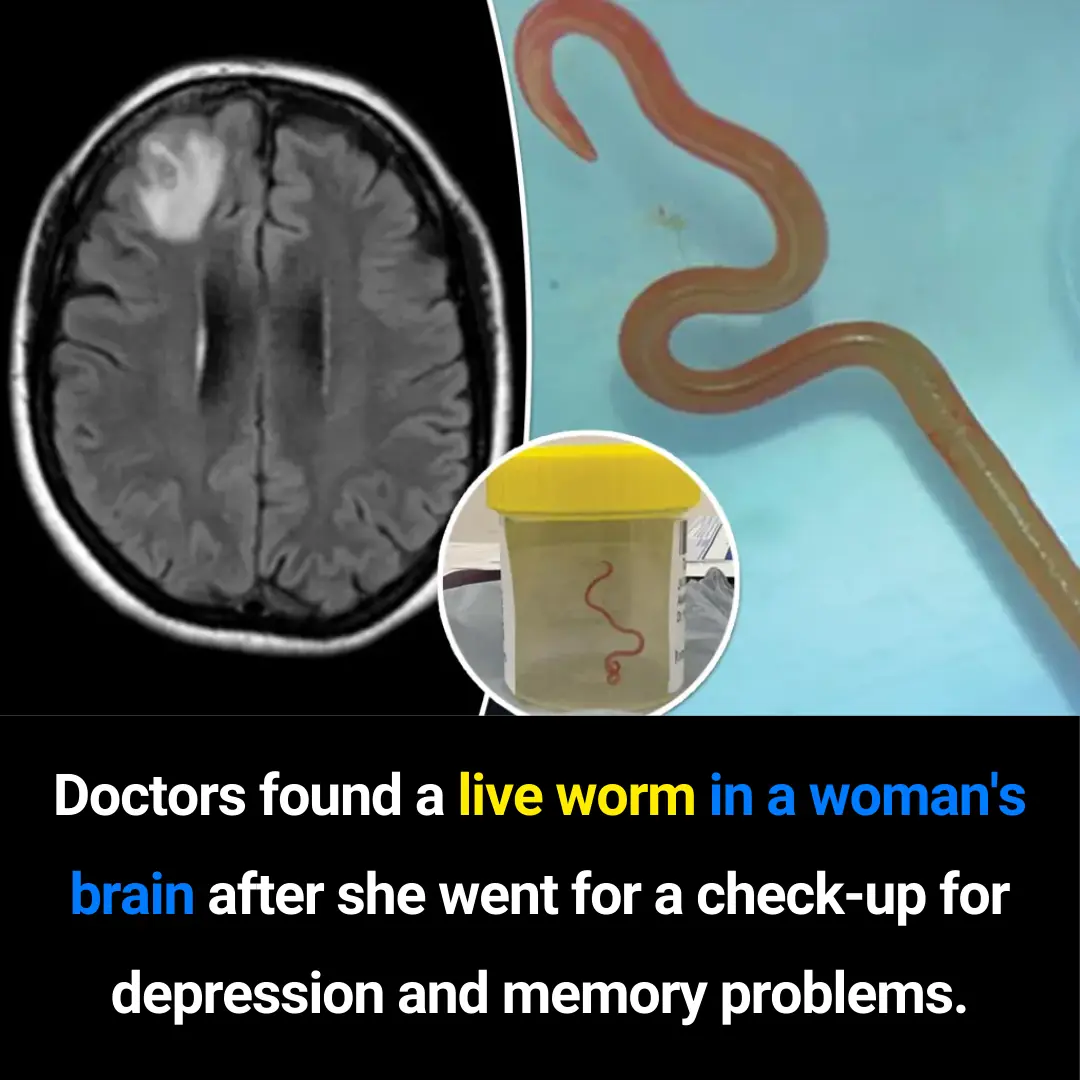
Doctors Discover First-Ever Live Worm Found in a Human Brain: A Historic Medical Case in Australia
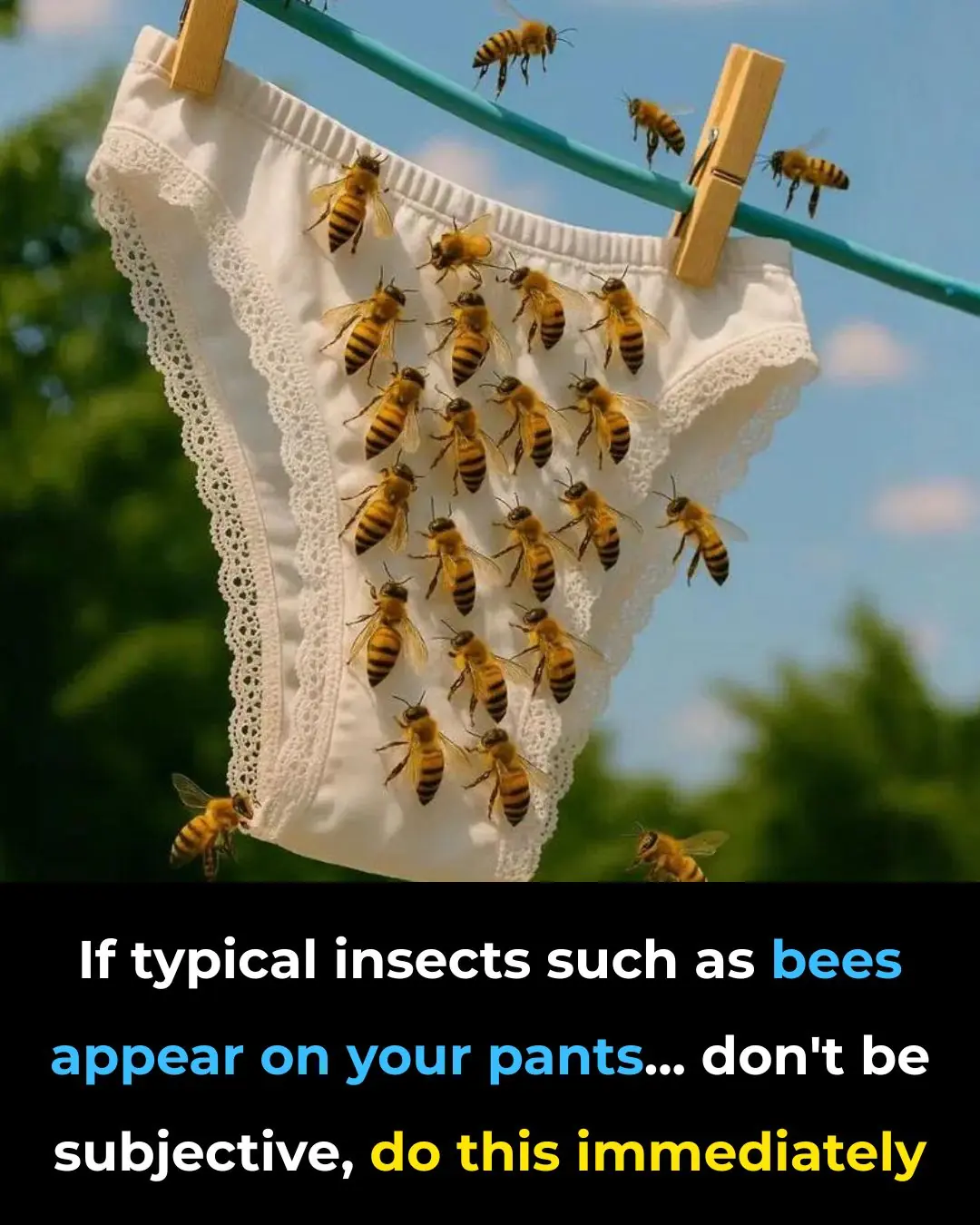
Why Bees Land on Fresh Laundry: Understanding Their Attraction and How to Prevent It

What Are the “Black Triangles” Between Your Teeth

12-Year-Old Innovator Creates Low-Cost Virus-Removing Air Filter Adopted Across Connecticut

Billionaire Judy Faulkner, 82, Commits to Giving Away 99% of Her $7.8B Fortune

The Curious Story Behind "Ancient Lights" in UK Property Law

From Precarious to Prosperous: Denmark’s Approach to Entry-Level Jobs
News Post

THIS SEED: AFTER 50, IT STRENGTHENS BONES & CURES ALL PAINS

High Blood Pressure Has a New Culprit

Civil War Era Politician Robert Smalls Becomes First African American to Receive Monument in South Carolina
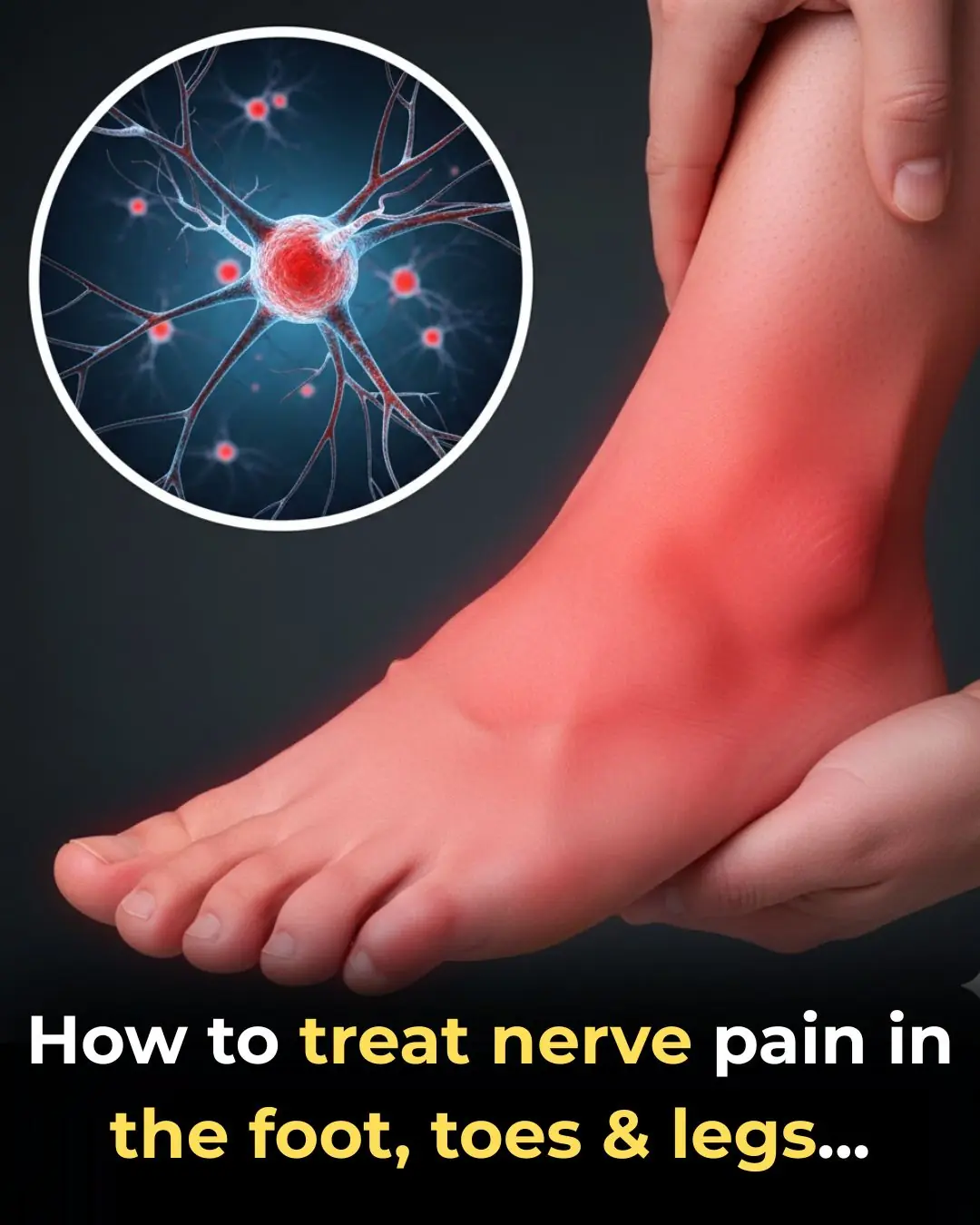
How to treat nerve pain in the foot, toes & legs

Dr. Patricia Bath Set To Make History As First Black Woman Inducted Into National Inventors Hall of Fame

Unlocking the Power of Rosemary Tea: A Natural Elixir for Mind, Body, and Soul

🌌 An Accidental Revolution: How the Search for Black Holes Led to the Invention of Wi-Fi

📈 The $5 Trillion Threshold: NVIDIA Becomes the World’s Most Valuable Company, Reshaping Global Economic Influence

Angela Davis to Keynote Largest Black Feminist Conference in the Nation

🐝 The Silent Threat: Research Links Cell Tower Radiation to Harmful Effects on Honey Bee Health

NYC-Based Events Company Is Creating Spaces to Empower Indy Black Artists Across the East Coast

Why Some Eggs Are Speckled

Drinking Water the Right Way

This is the correct way to preserve pork in the freezer: The meat will not dry out, and will still retain all its nutrients for a whole month.

Pour salt into the toilet, everyone calls you crazy but know its uses and do it at home right away

Inserting a toothpick into this exact spot on the electric kettle has an amazing effect — a useful trick everyone should know
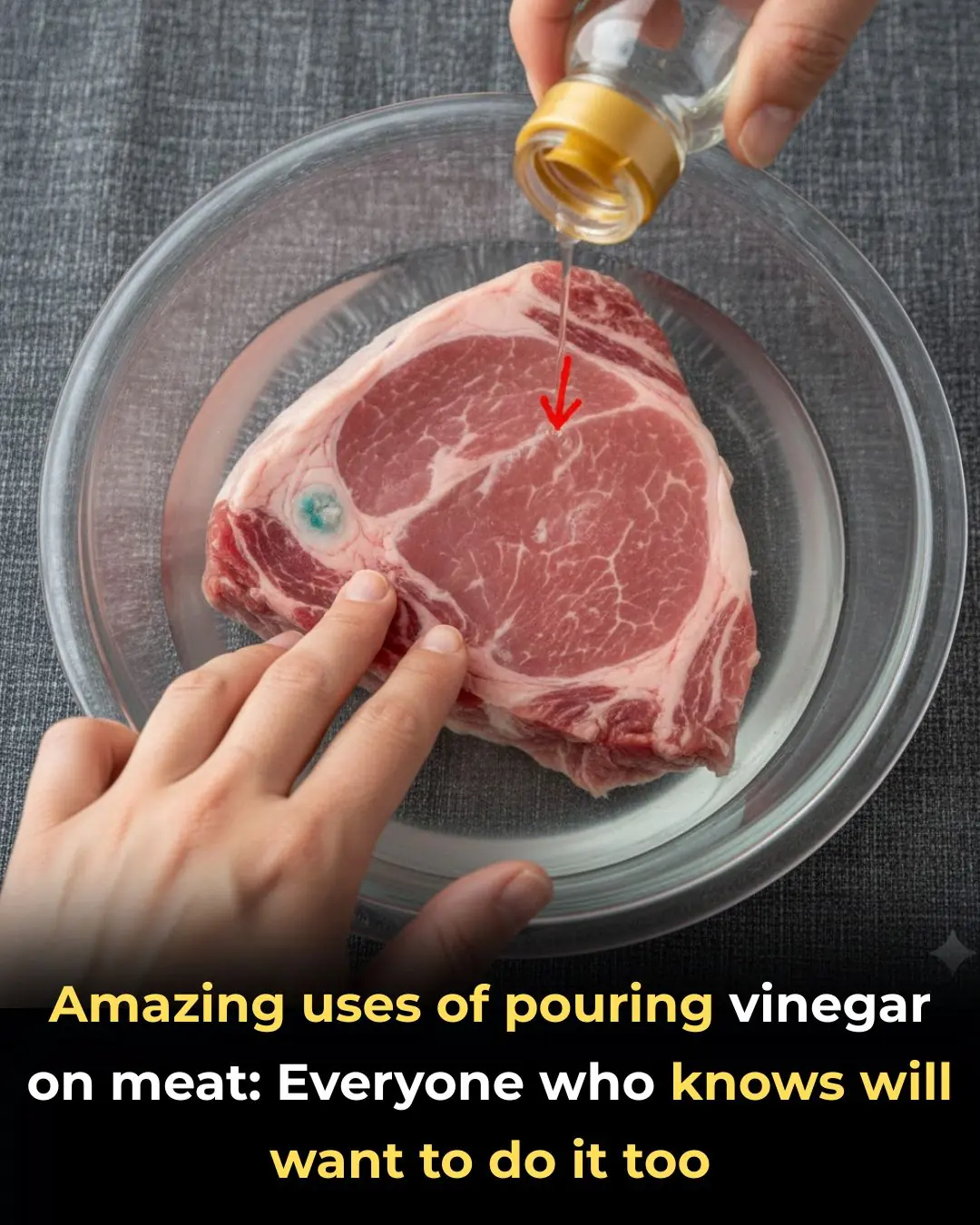
Amazing uses of pouring vinegar on meat: Everyone who knows will want to do it too

Chef reveals secret to stir-frying soft, lump-free vermicelli noodles that even the most clumsy person can easily do
